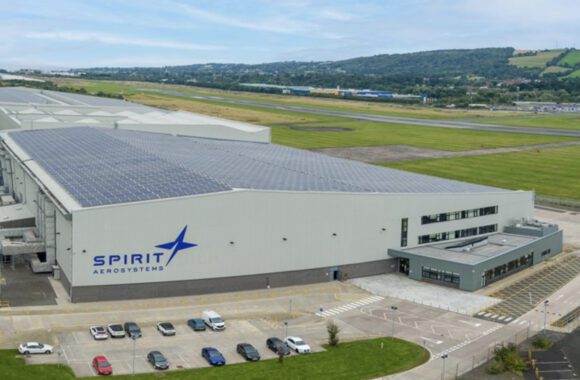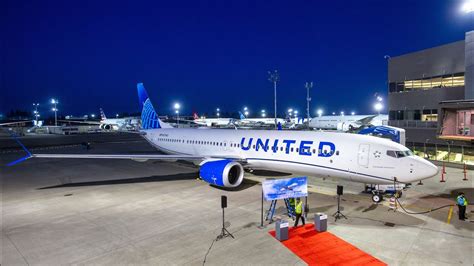We now clearly see the future, and it looks increasingly uncomfortable!
Ryanair today announced a launch order for 100 firm, and 100 options for the new Boeing 737-MAX200, which will be a 737-8 fuselage with an additional exit door to enable the accommodation of 200 passengers. This represents an 11 seat gain over the current 737-MAX8 model that accommodates 189 passengers at its exit limit seating capacity. The increase from 189 to 200 provides a 5.8% increase in maximum seating capacity, and a similar improvement in seat-mile costs, without a change to the existing cabin size.
Typically, the 737-8 is configured for 162 passengers in two class and 175 passengers in single class configuration for most airlines, with tighter pitch and more dense seating for low cost carriers such as Ryanair. This increase in density will require a further reduction in room between rows for passengers, albeit somewhat mitigated through the use of thinner, but less comfortable, seats. Those thinner seats, however, have become a work in progress for the industry, as Lufthansa learned after needing to redesign their thin-line seats for short-haul routes because they did not measure up in terms of passenger comfort. While they are getting better, passengers continue to be larger, on average, as well.
Last week we saw three incidents of air rage, in which passengers became unruly when other passengers reclined their seats, each requiring aircraft to make unscheduled landings to avoid violence on board. Reducing space by another 5.8% appears to be moving in the wrong direction to stop that disturbing trend.
The current 189 passenger version utilizes a seat pitch – the distance between seat back to seat back – of 31 inches. This will need to be reduced to 30 inches or less for the new version, which is approaching an uncomfortable level for most people.
With Ryanair and other low cost carriers, the tradeoff between price and service levels is well known. The flight is cheap, and the service level is non-existent. Many people will put up with the tight seating and no service to save money on their holiday flights, or to visit friends and family. Business travelers, who can’t even open their laptop computers between seats, however, won’t find the new airplane very desirable unless a two class configuration is used.
The new aircraft fits Ryanair’s business model quite well, and should help their profitability. Of course, Ryanair is the airline that was examining standing room seats, and charging for the use of on-board toilets. Passengers understand what to expect with Ryanair.
We expect the new model from Boeing to become popular with LCCs, for whom seat-mile economics are the bottom line. The key issue is whether there is a line to be crossed at which the passenger reaction, and potential disruptions, begin to negate the economic benefits of the new seating arrangement. We’re already seeing problems at today’s levels of seating. Will decreasing seat pitch be the tipping point? It will be interesting to see how well this configuration is, or is not, received, by airlines and passengers once it enters service.
Views: 1





Getting rid of air rage is simple but controversial: non-reclining seats
Why is your publication so very negative on everything Boeing does and everything Airbus does smell like a rose? Talk about unprofessional journalism! BTW, how much stock you own in that European plane maker?
Will bring new meaning to the word “Steerage”.